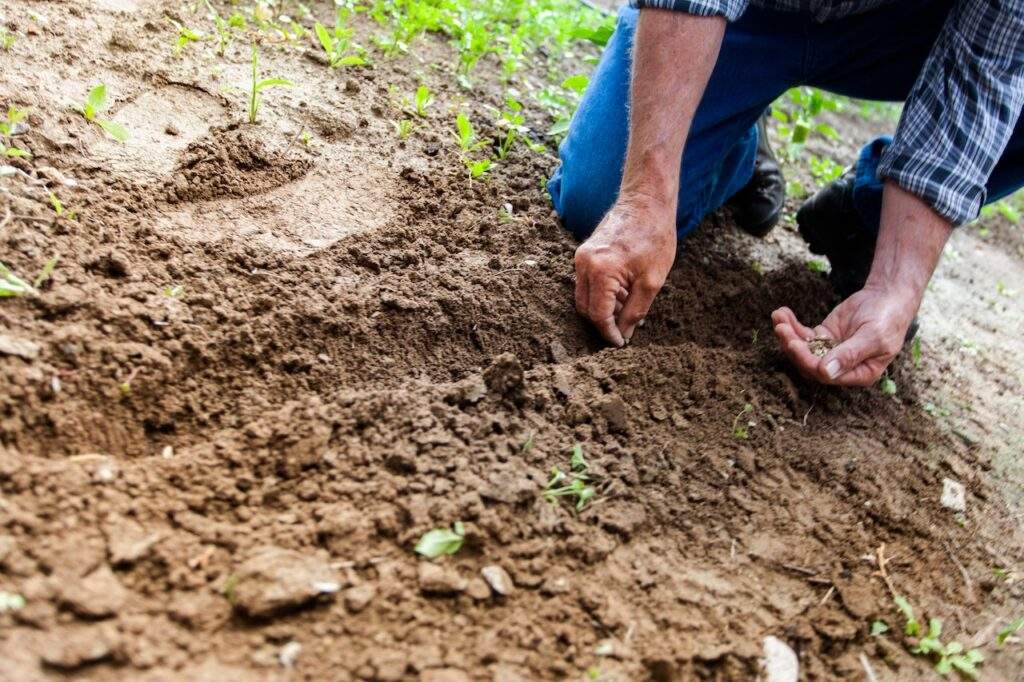6 Tips for Planting Season to Get a Higher Potential Yield

As a producer, you must have been planning for your farmland to attain a higher yield without the weeds. Although, producers take every care to ensure that they get a higher yield every planting season, however, there are certain tips that they must follow to get a higher farm produce.
Here we are mentioning the tips that the producers must involve in their farmland every planting season.
1. Chalk out a plan to attain the desired goal
First thing that the farmers need to determine is to prepare a plan to attain a goal for their potential yield. At the same time, farmers must create a detailed plan to attain the desired goals. To make a plan, it is necessary that you must do soil tests to find out about the productivity and fertility of the land and to know how to improve the quality of the soil. This must be done during the fall and winter months. The better soil results in better yield. Thus, the farmers must prepare a plan for attaining the goal of the yield considering the health and the conditions of the soil and using innovative and modern agricultural equipment.
2. Planting Equipment must be ready
Before planting, check out your planting equipment, tools, and machinery if they are in the best working condition or not. This must include your best planter closing wheels. You can estimate the future yield of about 60% at the time of planting. Ensure that the seedbed is well-prepared and make the field clean using chemical applications or through suitable tillage practice. Make sure your standard closing wheel is all set to work in the field before you start planting the seeds. Make the necessary adjustments to your equipment to ensure good seed placement.
Also, it is recommended that you must keep checking your equipment at least three times a day to ensure that it is working properly and there are putting proper down pressure ad creating the requisite depth for planting the seeds.
3. Treating the seed
You must think about seed treatments critically including their short-and long-term benefits on your potential yield. Many farmers are in the opinion of using a standard low-rate treatment while others prefer to benefit by using biological and amino acids. The important thing to notice is that the farmers can reduce the cost of treating the seed themselves by using an effective treatment plan for preparing the seed before planting. The purpose of treating the seed is to protect it from getting damaged and to provide high-quality farm products.
4. Weed Management
The use of herbicide technical products can help prevent weed escapes. Generally, follow the practice of using post-emergence before the new growth of weed is discovered. This helps in better management of weeds in the farmland. It is going to make you lose in case you do no kill the weeds. Delay in removing the weed at every stage may lead to a loss of 2% of potential yield.
As a farmer, you must understand the wed profile and learn how to keep the fields clean. This is essential to release the pressure from the land. The earlier you plant, the more weeds will grow longer throughout the planting season. Therefore, manage the weeds even if there are fewer options left to treat and control the weeds.
5. Use the latest technology
The farmers must take the advantage of the latest technology in the operation of their farm production. They must have the knowledge to use the modern gadget. There are smartphone apps, online training, latest technological developments, tracking the notes throughout the season, etc. that can help the farmers in growing better yield.
6. Taking proactive measures
Once the crop is damaged it is not possible to protect them. Thus, ideally, the crop should be protected to prevent the development of mold, the infestation of insects, etc. Using fungicide provides great protection to the crop. But it should not be considered as the cure if the crops are badly damaged. Fungicide is used to protect the crop from getting damaged but only till there are no mold or insects. Once the crops develop mold, then the fungicide will not work at all as it is meant to protect the crops and not to cure them.
Conclusion
Planting seeds involve a lot of hard work, effort and require intensive protection measures to save the crop. Using the best equipment and tools such as Farm Shop products are useful in higher production of the crop. The uniformity of planting the seeds as well as maintaining proper distance between the seeds is also necessary to provide the space for the development of the roots. Using modern agricultural equipment and making use of the latest technology is helpful in deriving higher potential yield and fulfilling the desired yield goal.







